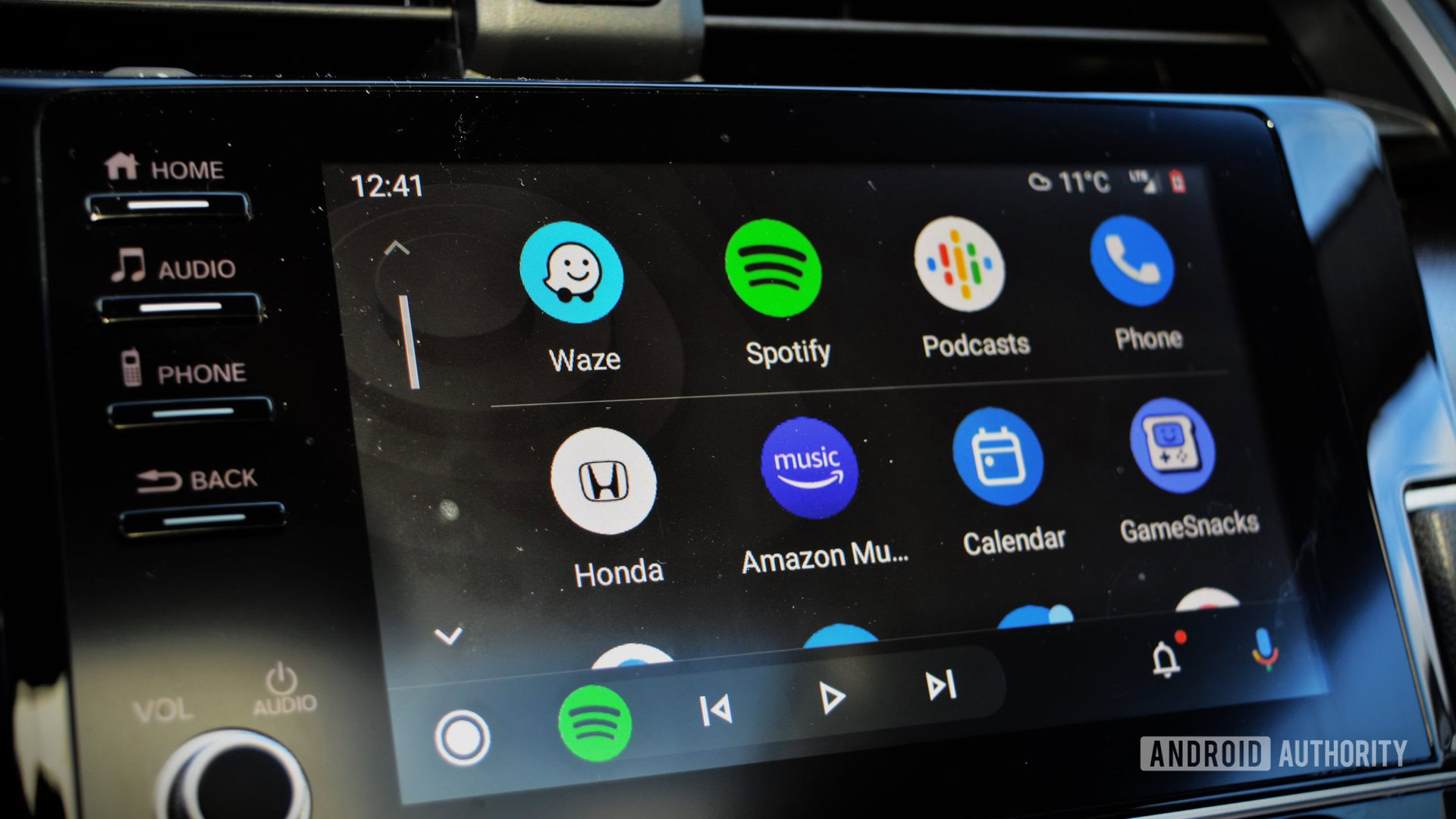Affiliate links on Android Authority may earn us a commission. Learn more.
Evidence supports that cars should have physical buttons, not just screens

- Swedish publication Vi Bilägare wanted to find out if buttons in cars are better than screens.
- Turns out that a car relying on physical switches beat out all other modern cars in the test.
- Is the popularity of Android Auto and CarPlay moving us in the wrong direction?
In-vehicle infotainment systems such as Android Auto and Apple CarPlay have drastically changed the way we drive. With touchscreen interfaces pretty much standard in most vehicles, car manufacturers don’t need to rely so much on physical switches for various controls. Meanwhile, Tesla vehicles are already living in the future with pretty much zero physical buttons.
You don’t need to go hunting for criticisms of this shift away from physical buttons in cars. Social media is filled with complaints about it and it’s a regular discussion amongst car enthusiasts. Now, finally, there’s some evidence to support the idea that touchscreen interfaces are objectively worse than physical switches.
Swedish publication Vi Bilägare conducted an interesting experiment for this purpose (via Ars Technica). It put drivers into twelve different vehicles. One of those vehicles — a 2005 Volvo C70 — has no touch interface of any kind. The other 11 vehicles from various manufacturers incorporated some sort of touch interface, from the nearly button-free Tesla Model 3 to the mix of screens and buttons in a Subaru Outback. The drivers had time to get to know all the vehicles and how they work. Then the researchers timed how long it took them (while driving) to conduct certain tasks. Tasks included turning on the heated seats, turning on or off the heat/air conditioning, engaging the defroster, tuning the radio, and more.
See also: Android Auto is so bad it made me switch back to the iPhone
Interestingly enough, the drivers all completed the tasks faster and more efficiently in the 2005 Volvo C70. In fact, in some cases, it took them more than twice as long to perform the same tasks in touchscreen-based systems.
Buttons in cars: Necessary or expendable?
The experiment now moves the debate about buttons in cars from subjective preference to objective analysis. If a driver needs to perform a task, we should all want that driver to be able to perform it quickly and efficiently so they can keep their eyes on the road.
This experiment presents pretty solid evidence that physical buttons allow drivers to be safer. Muscle memory and intuitive controls just seem to work better with physical buttons than they do touchscreens.
Obviously, some touch interfaces are better than others. Also, touchscreens do offer plenty of value for certain things, such as navigation, streaming music, replying to texts without needing to use your hands, etc. But perhaps the total abandonment of physical interfaces in vehicles isn’t the best idea.
We look forward to more experiments like this! It should keep the debate moving forward.